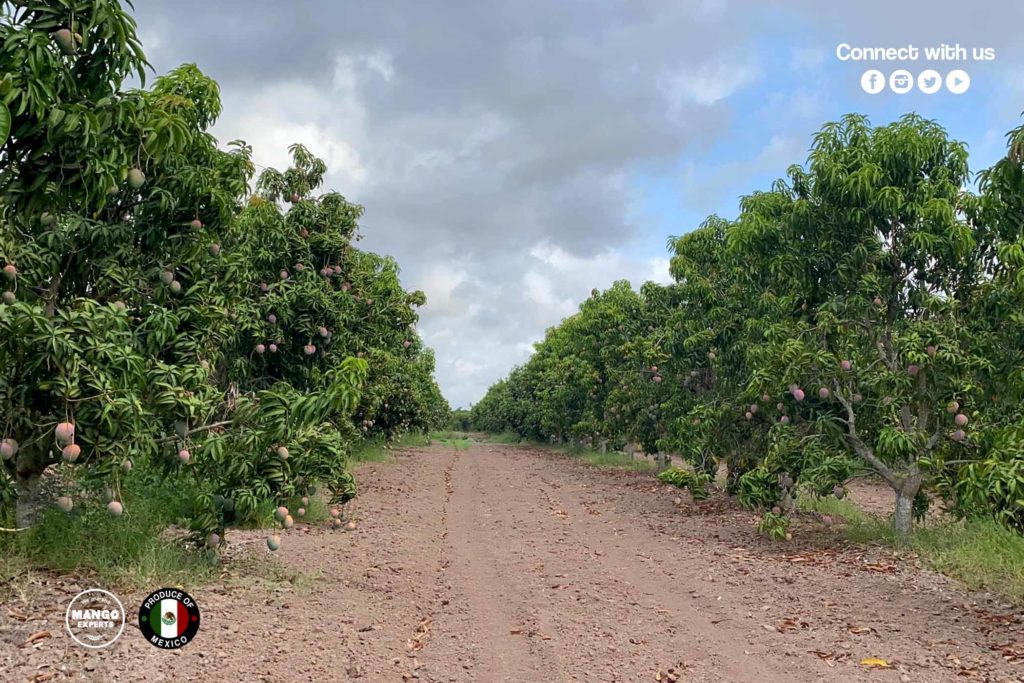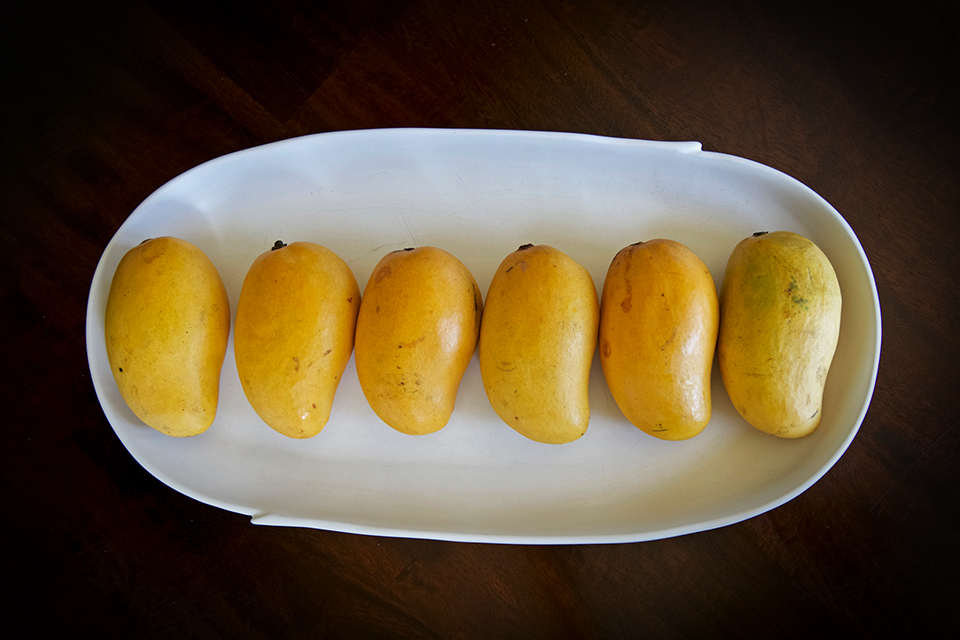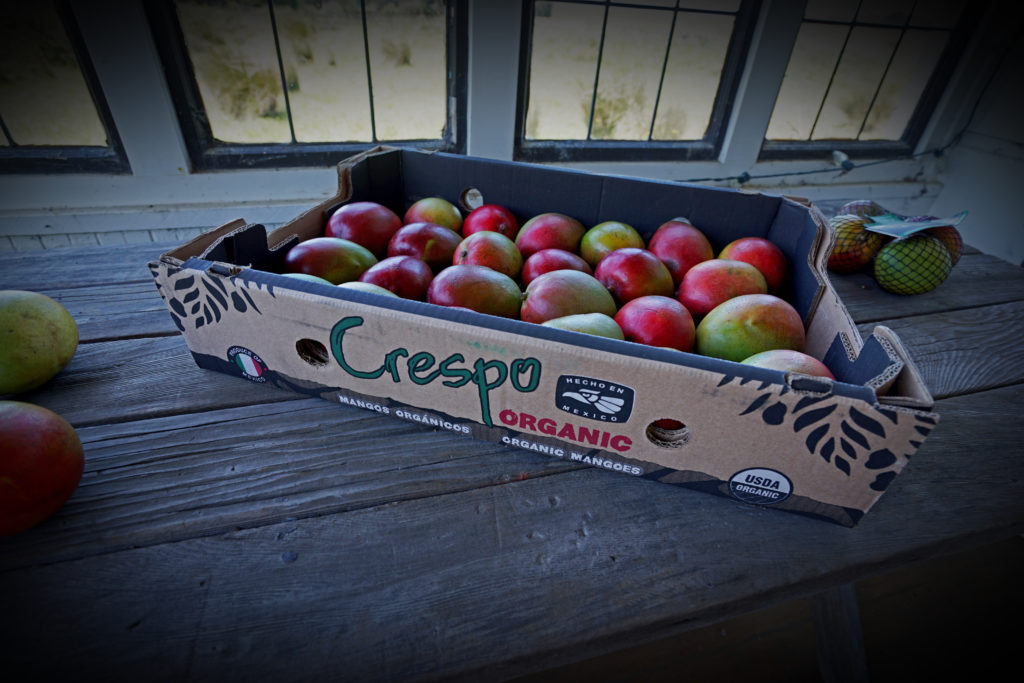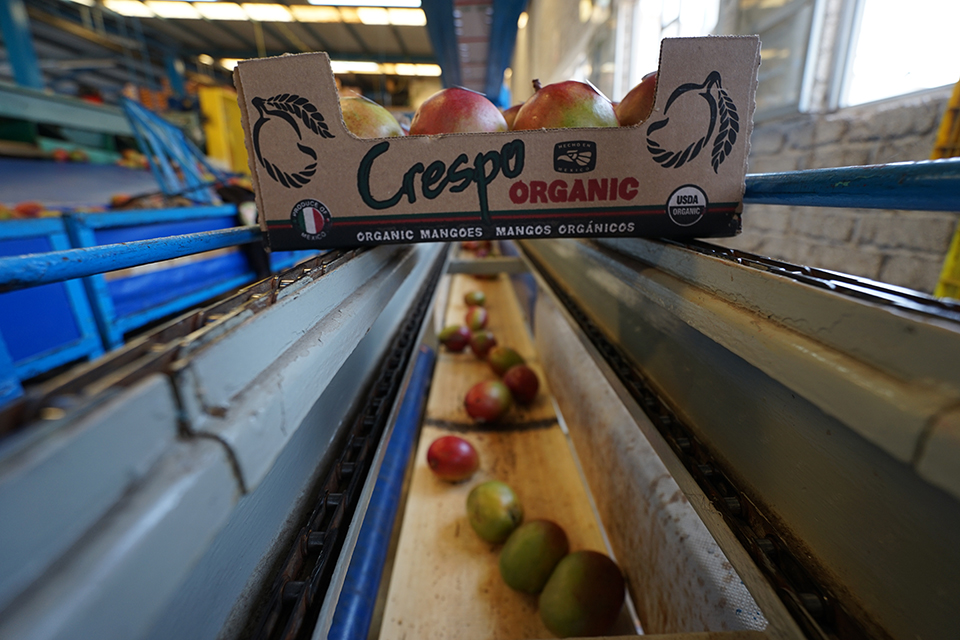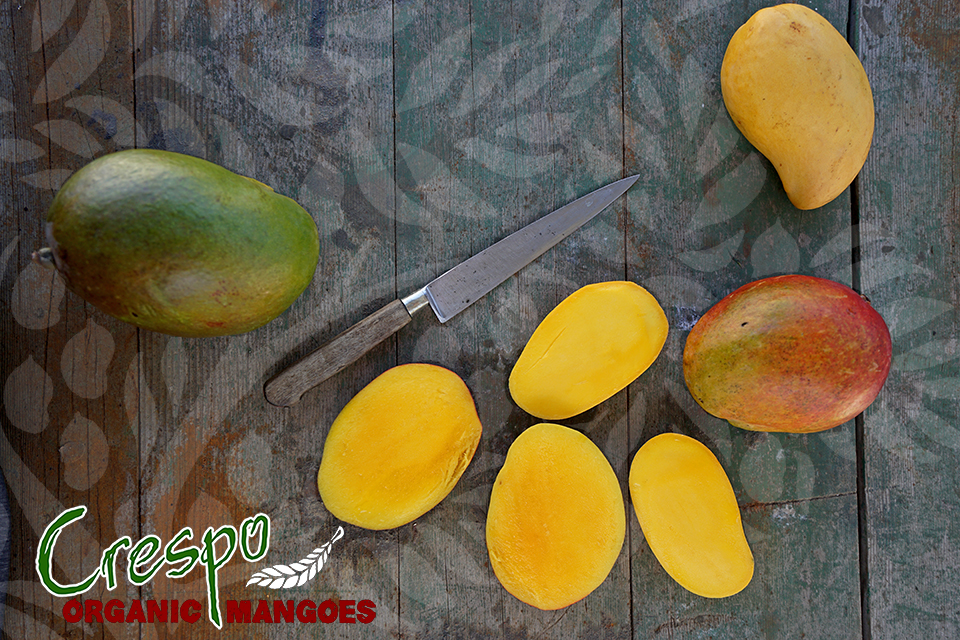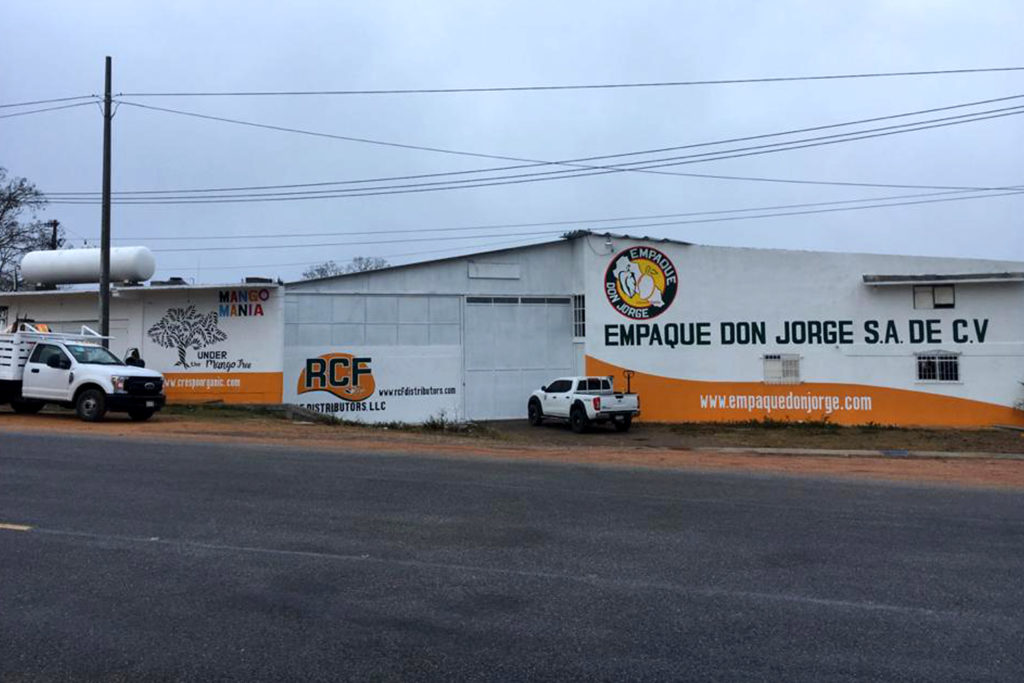Browsing Category
Farm
Big Kents, gigantic Keitts, rain delays and a lack of 10’s pressure us all And, of course, it’s not like COVID-19 is no longer an issue… It would be a gigantic understatement to say this season has been an odd one. While I have said this for consecutive seasons, I really do mean it about this one! Oddly enough, the weather has been fairly cooperative, and crops from the south to the north have been yielding decent amounts of high quality and exceptionally tasty fruit, on time and without much resistance. We have had little opportunity to taut the highlights of the season and stop and recognize the extradentary flavors we are receiving on all mango varietals. The season is bizarre and so currently is the world before us.
Continue ReadingAre we every really prepared for good things to end? In recent years, Ataulfo mangoes have become a staple of many mango programs across the USA and Canada. Fruit eaters have warmed to this deliciously sweet and texturally silky mango. The path to increase consumer appreciation has not been easy for the Ataulfo, whose skin is most often blemished and overly wrinkled when it is perfectly ripe. Its shelf life is short, and bruises and scuffs tend to show up more on the Ataulfo – oftentimes showing up and disappearing and showing up and disappearing as the mango moves through the various stages of ripeness. Unlike its counterparts, the Ataulfo mango can only be eaten when ripe, so patience is a must and confusion among consumers regarding when it’s actually ready can be high. It’s Mexican name, celebrating its Mexican heritage, can be hard to pronounce for many North Americans, creating complications in education and marketing and spreading the joy for this mango varietal. Yet, despite all these obstacles, Mexico’s yellow slipper has succeeded, particularly in the organic sector, and especially as more consumers taste it and learn its nuances. Many retailers have succeeded greatly promoting this mango and sales have jumped in recent years. And now, just when everyone is used to its high dollar sales and consumer excitement, the season is ending.
Continue ReadingA stronger box in the midst of chaos to ease the burden in building bigger displays of #MuchosMangoes A few weeks ago I thought things were tough in our industry. With the Corona virus spreading through the USA at an alarming rate, mango sales and specifically the size of mango displays were not getting bigger, despite the wall of mangoes coming from the orchards. The big, bold displays of #MuchosMangoes celebrating what we call Summer Mango Mania – or the collision point between peak production time in Nayarit & Sinaloa and the height of consumer demand, better known as; SUMMER TIME– have not begun to appear as they usually do by this time. This season, and this week in particular, everything looks different in our world and yet the mangoes still grow and people still eat.
Continue ReadingEmpaque Don Jorge Opens Amidst Heightened Demand & COVID-19 El Grupo Crespo’s Home Packhouse Offers Relief to Crespo & Other Brands *All photos are pre- remodel, new photos coming soon! El Rosario, Sinaloa, Mexico – Empaque Don Jorge I (EDJI) opened last week for the season. EDJI is the hometown packhouse of El Grupo Crespo family’s two brands, Crespo Organic & RCF, and Latin America’s largest hydro-thermal packhouse. Originally built by Roberto Crespo Fitch in the early 1970’s, the packhouse was recently revamped by Roberto’s children Malu, Roberto, Jorge, and Jose Angel. Today they run the family agricultural business (El Grupo Crespo). The siblings initiated the three-year modernization project in Fall 2016 and completed all upgrades last season. This season, all upgrades and modernizations are smoothly running. The group had hoped to travel with Crespo Organic customers to the packhouse at opening time, but the pandemic had other plans. A new campaign that the Crespo Organic marketing team hoped to launch this month educating on the modern facility was also cast aside. This campaign’s aim was to map the mango packing process visually from orchard-to-table, giving customers and consumers an up-to-date peak inside the newly revamped packhouse. For now, the older marketing campaign and videography will have to suffice, new footage is always emerging from Jorge Crespo, aka the #MangoMan, who is happy to show the orchards and packhouse from his perspective. All upgrades were designed to improve efficiencies, increase outputs, boost quality, and improve working conditions for workers, many whose families have worked at EDJI for over four generations. This season brings a new appreciation for better use of space as COVID-19 has made packing operations complex. The packhouse’ 100,000 SF floor space was rearranged with the revamp, and now includes an additional packing line, bringing the total…
Continue ReadingVolumes, Quality, Opportunities, Uncertainties, Confusions & COVID-19 Chatter about ‘normal life’ is peppering the air these days: When will we be returning to it? What will it look like when we get there? What’s the economic forecast? …And so on, and so forth. Like pretty much everyone else, I don’t have answers to these particular questions. Expertise seems to be just more chatter and hypothesizing. I am just one voice in the mango industry, but I am, by nature, a seeker and sharer of information. I have applied this to my role in the mango industry and continue to share macro-level information regarding the mango industry as a whole and the micro level information regarding organic Mexican mangoes.
Continue ReadingOcozocoautla de Espinosa (Coita), Chiapas, Mexico Last February, El Grupo Crespo opened Empaque Don Jorge II (EDJ II) in Ocozocoautla de Espinosa, Chiapas, or – as the locals call it – Coita. This is not to be confused with Empaque Don Jorge (EDJI) – El Grupo Crespo’s original and main packhouse located in El Rosario, Sinaloa, Mexico. EDJ I’s total remodel finished last year, making it Latin America’s largest hydrothermal mango packhouse.
Continue Reading
